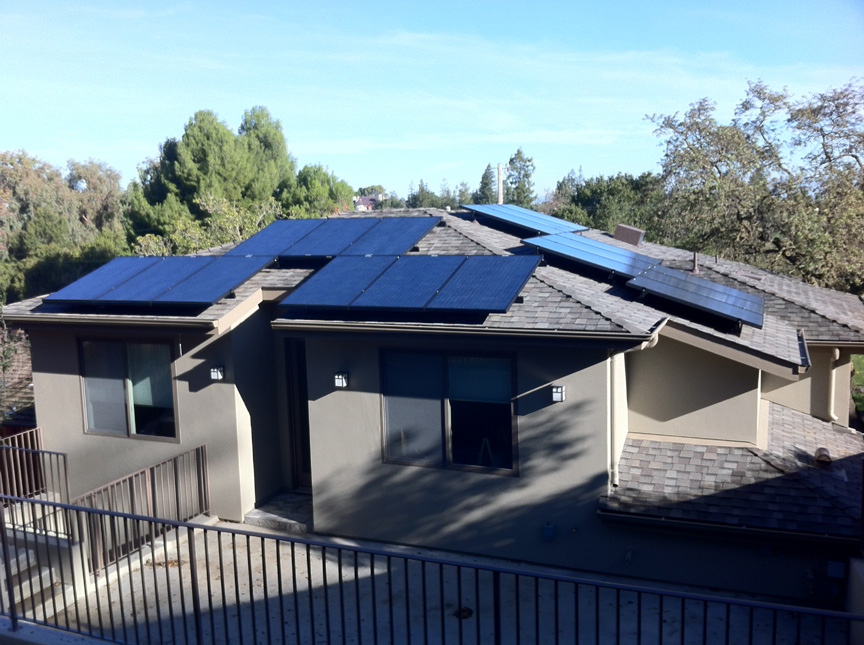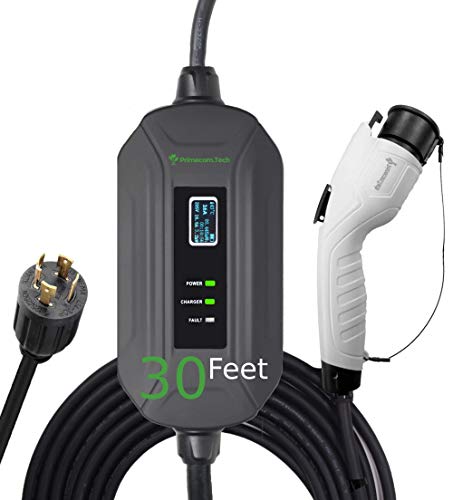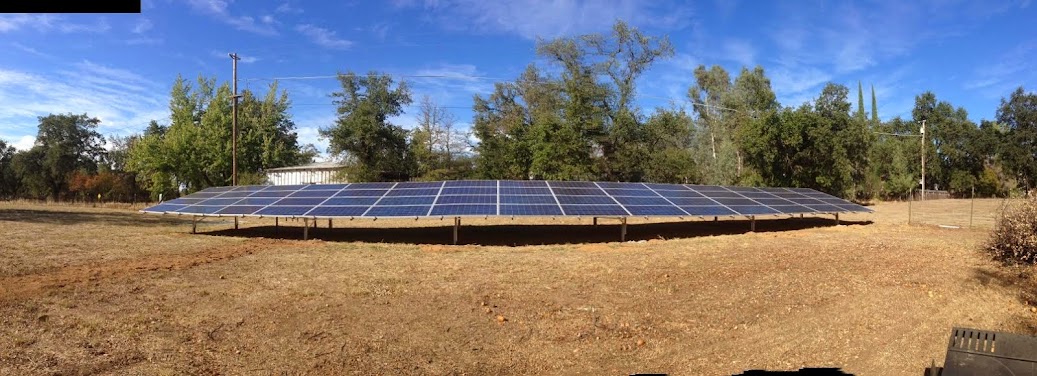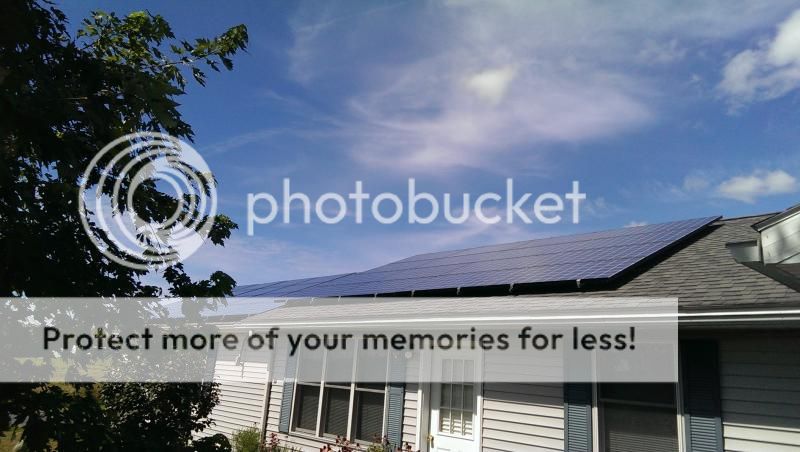Dsinned
Well-known member
Yes. I have tried several. There are two that I'd recommend.TeCKis300 said:DSinned, . . . On the metering, have you perhaps considered a whole house electric usage meter? Milholland was suggesting that I look into the G-Meter (http://www.greennet.com/consumer/gmeter/), which taps into the house at the panel, and allows you to monitor all circuits live via a web portal. Actually, they proposed that they will install one for me as a beta trail for their company so long as share access to the portal.
The first is a 10 channel capable home energy monitor made by Current Cost (UK), called the "EnviR". The second one is almost the same thing, but only can monitor the whole house on a single channel and corrects for power factor variations. It is made by Eferegy (also in the UK) and is called the True Power Meter. They are both under $150 (Amazon.com) for basically "everything you need" kits.
The EnviR is by far the most versatile of the two, because it can monitor the whole house and nine additional load circuits (120V or 240V) all in one monitoring device. It also has subscription based local and remote web monitoring capabilities at additional cost. Efergy has a similar web based monitoring solution as well, also for about $150, but not for their True Power Meter monitoring device.
Here's a link to "Enerati" the EnviR's web portal: https://www.enerati.com/Electricity/ConfigDashboard.aspx?param1=Ng==¶m2=Ng==¶m3=ZGZhZmI1ZjVmOGJlNDFiZGI2MDA1MmY2YjVjM2JhNGE=
And here's a link to the Efergy Elite "TPM" webpage for additional info: http://www.efergy.us/index.php/usa/products-usa/electricity-monitors/elitetpm-monitor-usa.html
























